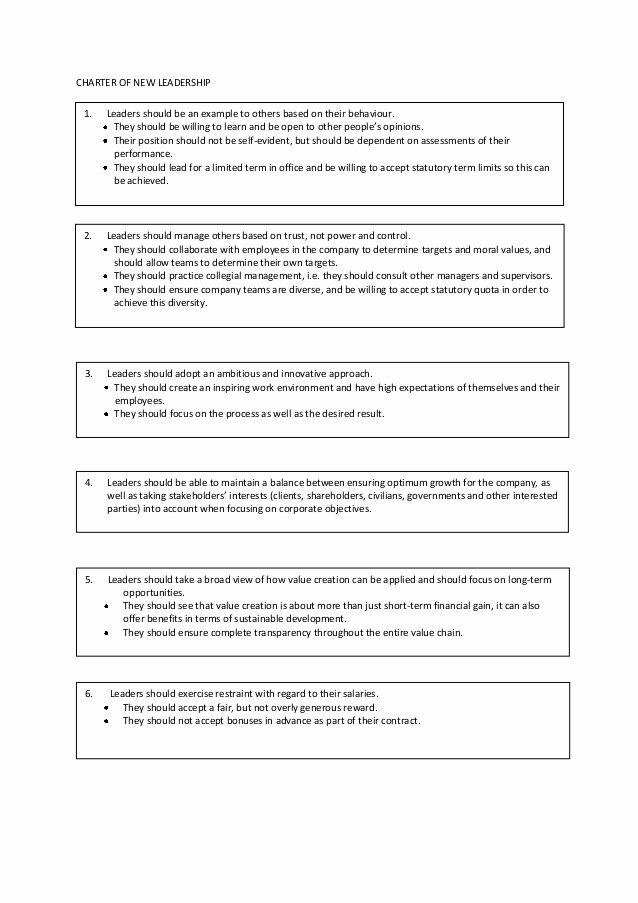


This once extensive building incorporated the Shire Hall, the Exchequer of the Earldom (later Duchy), the Stannary Gaol and the Coinage Hall. However, in about 1280 Lostwithiel was made the duchy capital by Edmund, Earl of Cornwall and the ‘Duchy Palace’ was built in the town at about this time. Launceston was the capital of the Earldom of Cornwall, its wooden castle soon was replaced by one of stone so important was Launceston that it was the only Cornish town to have a town wall and gates built around it. It had 68 a market and 68 dwellings, becoming a borough in 1285. Domesday, of course, only lists men so the numbers of women and children have to be guessed-at. The biggest settlement in 1086 was Bodmin, with an estimated population of 1000 people. The language shows the strange relationship between Cornwall and the English crown, very much an independent nation under the ‘protection’ of the English state. It was addressed ‘ to the barons of Cornwall, and all men both Cornish and English’.
Medieval town charter example free#
Truro was given its charter in 1173 by Reginald de Dunstanville, 1st Earl of Cornwall ‘to my free burgesses of Truro’. At around the same time castles were built at Trematon, Restormel and Tintagel. A new town grew up around the castle and this became the capital of the duchy. Robert of Mortain became the Earl of Cornwall and built Launceston Castle. Trigg was then subdivided to create two more “hundreds”, Lesnewth and Stratton. The original hundreds were Penwith, Kerrier, Pydar, Powder, East and West Wivel and Trigg. The remainder were held by a mixture of Anglo-Saxons, Bretons and Flemings.īy this time Cornwall was divided into 7 (later 9) administrative areas known as ‘hundreds’. The Domesday Book recorded that the very best of the Cornish estates, 227 (of 350) and valued at £424, were in the hands of Robert, Count of Mortain. The Domesday Book 1086 and the growth of towns The King kept some Cornish land for himself and some was kept by existing monasteries and by the Bishop of Exeter. He had supplied 120 ships for the invasion of England, fought at Hastings, appears in the Bayeux Tapestry and was a loyal and trusted servant: most of Cornwall was his reward. When Brian died leaving no heirs William gave Cornwall to his half-brother Robert, Count of Mortain, the second-largest landholder in England. In 1069 he fought-off an attempt by Harold Godnwinson’s sons to reclaim the English throne. The first Earl of Cornwall was Cadoc, a survivor of the Cornish royal line.Ī revolt based at Exeter forced the King to march into Cornwall in 1068 after which he gave most of Cornwall instead to Count Brian son of Eudes, Count of Penthièvre in Brittany, who had fought with William at Hastings. There was an acceptance that Cornwall had a separate identity to the rest of England but Cornwall was nevertheless included in the feudal political system established across the country. With the arrival of the Normans to the British mainland in 1066, the River Tamar became the agreed border. It dominates the Fowey Valley near Lostwithiel. Restormel Castle – Built around 1100, this is one of the best-preserved Normal motte-and-bailey castles in Cornwall.


 0 kommentar(er)
0 kommentar(er)
